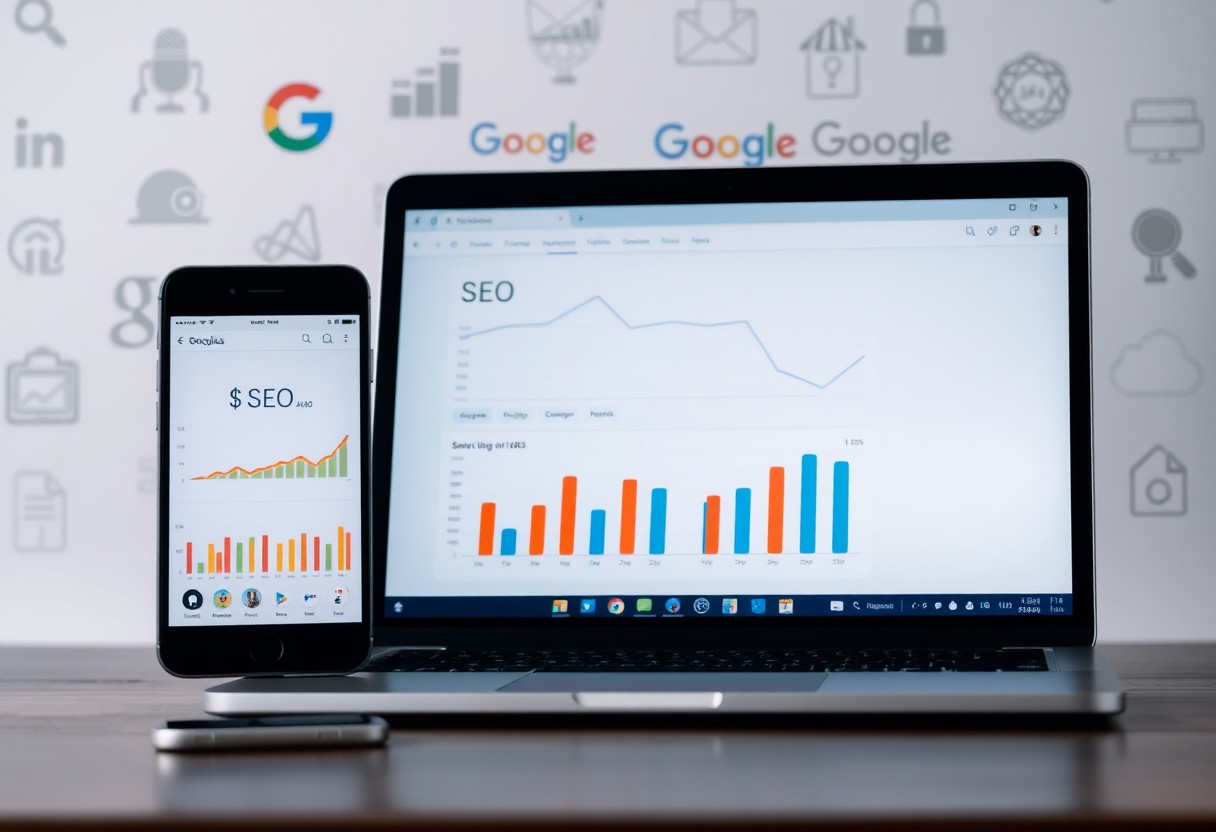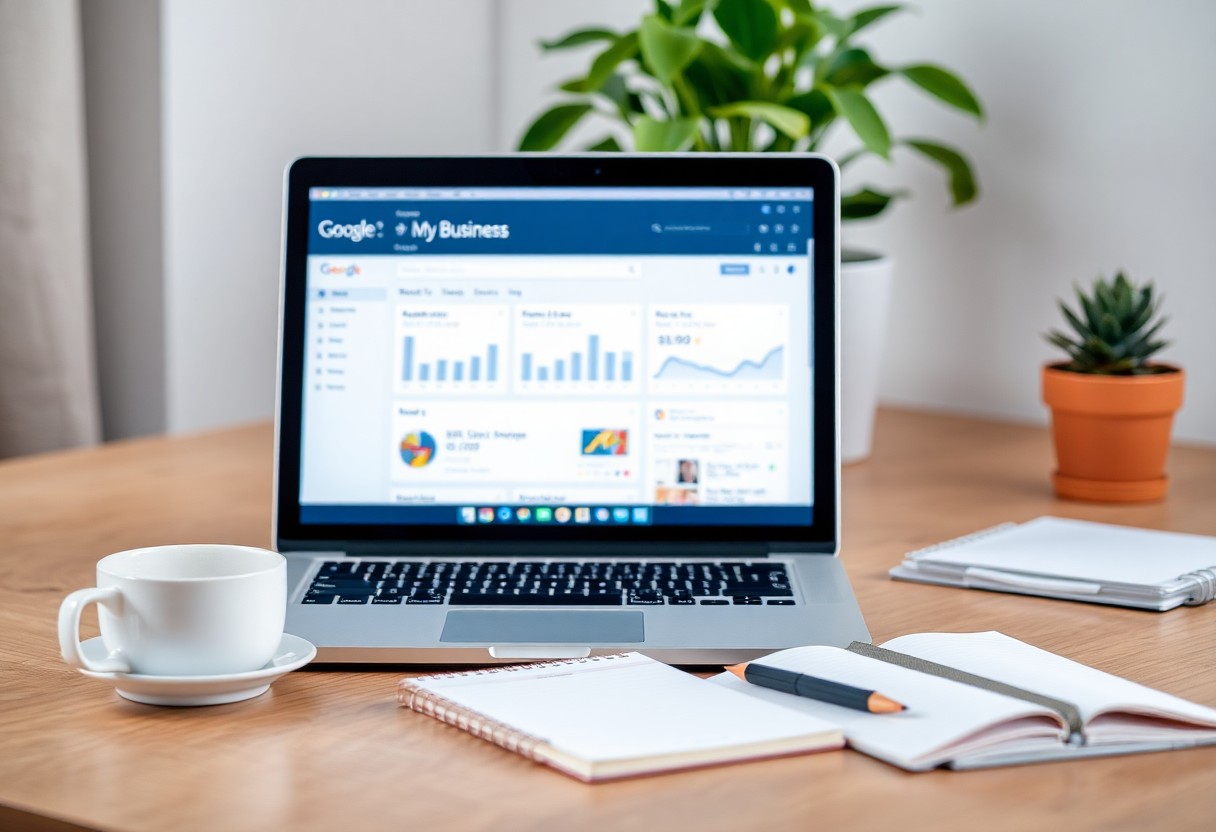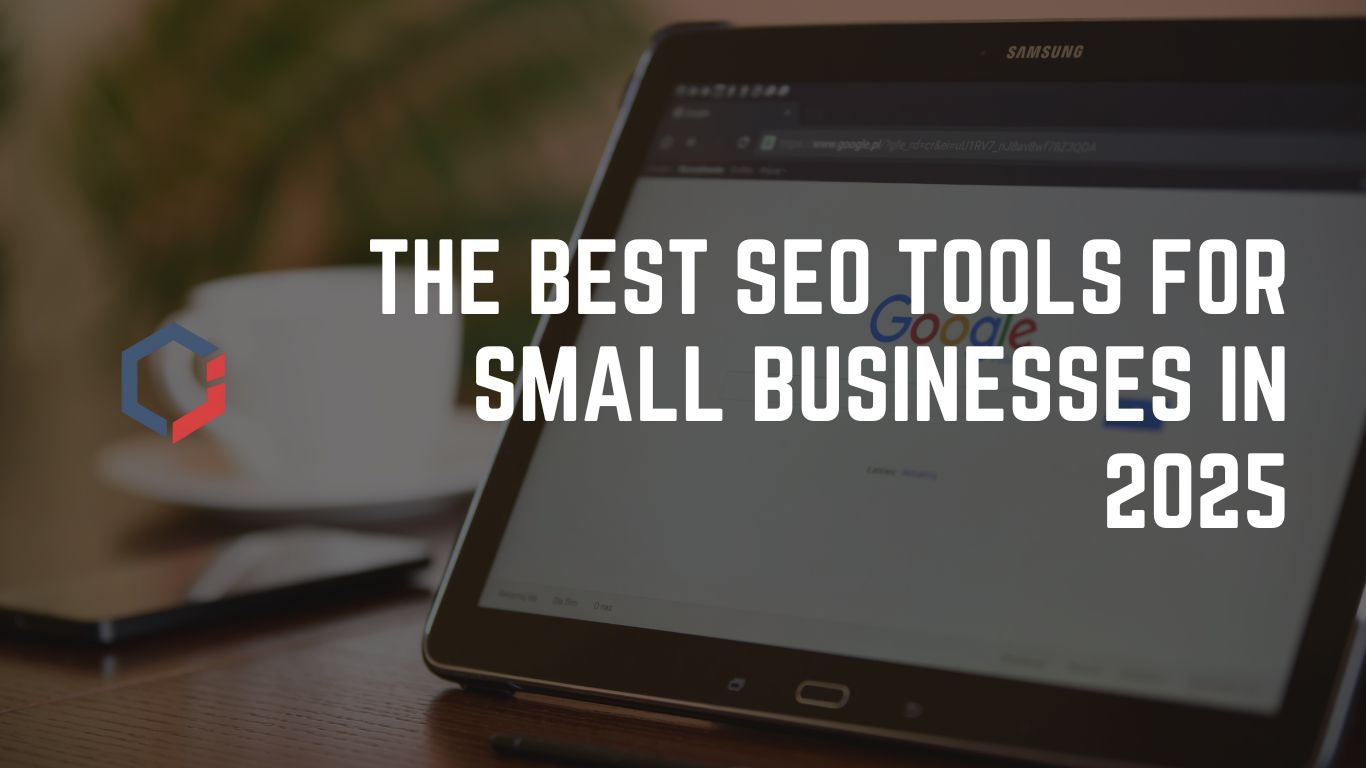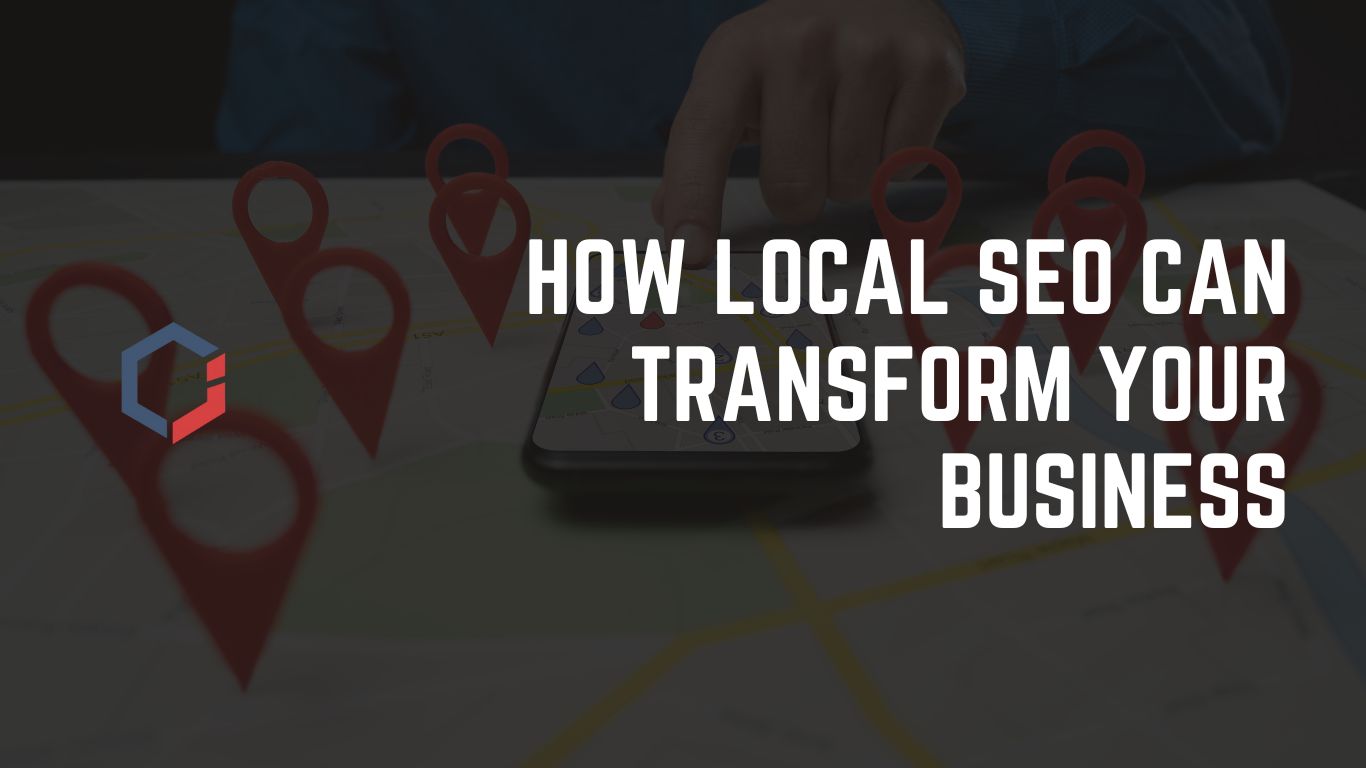
Top SEO Strategies Small Businesses Need to Grow Online
Helping a small business stand out online can feel tough with so many competitors. But using the right SEO strategies can make a real difference. When done right, SEO can bring in more visitors, boost sales, and grow your brand over time. Plus, the return on investment is often higher than many small businesses expect—according to industry stats, every dollar spent on SEO can deliver up to a 22x return. Tailoring your SEO plan means more website traffic, better conversions, and steady growth for your company.
Table of Contents
- Introduction
- The Power of SEO for Small Businesses
- The ROI of Smart SEO Strategy
- Understanding the SEO Landscape for Small Businesses
- What Is SEO and Why It Matters
- Local Challenges Small Businesses Face
- Why Local SEO Is Crucial
- Core SEO Strategies for Small Businesses
- Finding the Right Keywords
- On-Page SEO Tips
- Content Marketing and Blogging
- Technical SEO Basics
- Local SEO Tactics
- Building Links and Gaining Exposure
- Track and Improve Your SEO Efforts
- Monitoring Performance
- Keeping Up with SEO Trends
- Success Stories to Inspire Your Strategy
- Real Examples of SEO Growth for Small Businesses
- Frequently Asked Questions
- Conclusion
- Why SEO Is Worth It
- Getting Started with Your SEO Journey
Understanding the SEO Landscape for Small Businesses
What Is SEO and Why Should Small Businesses Care?
Search Engine Optimization, or SEO, is the process of making your website rank higher on search engines like Google. When someone searches for products or services you offer, SEO helps your business show up at the top. This levels the playing field, giving small businesses a better shot at competing with bigger brands. Recent success stories show small companies increasing their online sales thanks to well-implemented SEO tactics.
Understanding why SEO is crucial for small business success can help you prioritize your marketing efforts effectively.
Local Challenges Small Businesses Face
Small businesses often struggle with tight budgets and limited staff. They might not have an expert in SEO on their team. Search engine rules change all the time, making it hard to stay current.
Common SEO Challenges for Small Businesses
|
Challenge |
Impact |
Solution |
|
Limited Budget |
Cannot afford expensive tools or agencies |
Use free tools like Google Analytics, Keyword Planner |
|
Lack of Expertise |
Strategic mistakes and missed opportunities |
Start with basics, gradual learning |
|
Time Constraints |
Delayed implementation of SEO strategies |
Prioritize high-impact activities |
|
Algorithm Changes |
Rankings can drop suddenly |
Stay informed, follow best practices |
Overcoming these barriers starts with focusing on what’s manageable. For example, using free tools like Google Analytics or Keyword Planner can give valuable insights without costing much.
Why Local SEO Matters a Lot
Most small businesses rely on nearby customers. Local SEO optimizes your online presence so people nearby find you easily. Studies show that over 60% of searches are for local services. When done well, local SEO can help your business appear in Google Maps and local packs. A small retail store, for instance, can reach more local customers by boosting its local search rankings and reviews.
Local SEO Statistics That Matter
- 46% of all Google searches are looking for local information
- 88% of consumers who conduct a local search on their smartphone visit or call a store within a day
- 72% of consumers who perform a local search visit a store within five miles

Core SEO Strategies for Small Businesses
To help you implement these strategies effectively, we’ve created the Ultimate SEO Checklist for 2025 that you can download for free here. This comprehensive checklist will guide you through each step of optimizing your website for search engines.
Finding the Right Keywords
Start by identifying what potential customers search for. Use free tools like Ubersuggest or Google Keyword Planner. Focus on words related to your niche. Long-tail keywords—phrases like “affordable coffee shop in downtown”—bring in people who are ready to buy. Check search trends regularly to update your keywords and stay relevant.
Expert Insight: Brian Dean from Backlinko recommends focusing on long-tail keywords for small businesses because they typically have lower competition and higher conversion rates. As he explains in his small business SEO guide, “Long-tail keywords account for 70% of all search traffic.”
On-Page SEO Tips
Make sure each page has a clear title, description, and headers. Use keywords naturally. Write content that answers common questions your customers have. Clean URLs help search engines understand your page better. Link related pages internally to improve website navigation.
Quick On-Page SEO Checklist:
- [ ] Keyword-optimized title tag (60 characters max)
- [ ] Compelling meta description (160 characters max)
- [ ] H1 tag containing primary keyword
- [ ] Proper use of H2-H6 tags for content structure
- [ ] Image ALT text descriptions
- [ ] Internal linking to relevant pages
- [ ] Mobile-friendly design
- [ ] Fast loading speed (under 3 seconds)
For example, a small bakery can improve visibility by including keywords in product pages and blog posts about popular treats.
Content Marketing and Blogging
Consistent, helpful content builds trust and authority. Share tips, stories, and how-to guides related to your business. Customer reviews and testimonials also boost credibility.
Case Study: The Coffee Corner Success Story The Coffee Corner, a small café in Portland, saw a 300% increase in organic traffic within 6 months by implementing a content strategy that included:
- Weekly blog posts about coffee brewing techniques
- Customer success stories
- Video tutorials on latte art
- Seasonal drink recipes
Neil Patel, a marketing expert, says content marketing drives SEO success because it attracts visitors and encourages sharing. Keep content fresh and aligned with what your audience cares about.
Technical SEO Basics
Your website needs to load fast and display well on phones. Use tools like Google PageSpeed Insights to check your site. Fix errors like broken links or duplicate pages. Add structured data to help search engines understand your content better. This can make your entries stand out on search results with rich snippets.
Local SEO Tactics
Create and optimize your Google My Business listing. Include accurate business info, photos, and hours. Ask happy customers for reviews and respond to their comments. Building local links from community sites, partners, or directories boosts your local rank. A small clothing store, for example, ranks first in local searches by actively managing its Google profile and local mentions.
Building Links and Gaining Exposure
Getting backlinks from reputable sources helps boost your rankings. Reach out to local influencers, bloggers, and media outlets to share your story or products. Stay away from black-hat tactics, like buying links, which can harm your reputation. Developing a local PR plan helps grow your online presence along with your SEO.
Understanding how SEO helps businesses grow through various channels is essential for creating a comprehensive strategy.
Track and Improve Your SEO Efforts
Monitoring Performance
Use Google Analytics and Search Console to see how your site does. Track your organic traffic, bounce rate, and keyword positions. Set clear goals, like increasing traffic by 20% in three months, and check your progress regularly. Small tweaks based on data can lead to big gains.
SEO Performance Metrics to Track
|
Metric |
What It Tells You |
Target Improvement |
|
Organic Traffic |
Number of visitors from search engines |
+15-25% quarterly |
|
Keyword Rankings |
Where you appear in search results |
Top 10 positions |
|
Page Load Time |
How fast your site loads |
Under 3 seconds |
|
Bounce Rate |
Percentage of single-page visits |
Below 40% |
|
Conversion Rate |
Percentage of visitors who take action |
+1-3% monthly |
Don’t forget to download our free SEO checklist to ensure you’re tracking all the right metrics and optimizing your website effectively.
Keep Up with Trends
SEO is always changing. Follow industry blogs, Google updates, and news to stay current. Use automation tools where possible to save time. Regularly updating your strategy ensures you stay ahead of competitors.
Success Stories You Can Learn From
Many small businesses have grown through smart SEO. For example, a local dentist increased patient bookings by optimizing their Google profile and adding helpful content. By focusing on local SEO and reviews, they ranked #1 on Google in their area. These cases show that consistent effort pays off.
Case Study: Green Garden Supply
This small gardening supply store implemented a comprehensive SEO strategy that included:
- Optimizing product pages with long-tail keywords
- Creating helpful gardening guides and seasonal planting calendars
- Building relationships with local landscapers for backlinks
- Maintaining an active Google My Business profile
Results after 12 months:
- 250% increase in organic traffic
- 85% improvement in local search rankings
- 40% boost in online sales
They used our Ultimate SEO Checklist for 2025 to structure their optimization efforts and track their progress month by month.
Frequently Asked Questions
Q: How long does it take to see SEO results? A: Typically, you can start seeing initial improvements in 3-6 months, but significant results usually take 6-12 months of consistent effort.
Q: What’s the difference between organic SEO and paid advertising? A: Organic SEO provides long-term, sustainable traffic growth through improved search rankings, while paid advertising (PPC) gives immediate visibility but requires ongoing investment.
Q: How often should I update my SEO strategy? A: Review your SEO strategy quarterly and make adjustments based on performance data and algorithm updates. Content should be refreshed monthly or as needed.
Q: Is social media important for SEO? A: While social signals don’t directly impact rankings, social media can help drive traffic, build brand awareness, and generate backlinks that do affect SEO.
Q: Can I do SEO on my own or should I hire an agency? A: Many small business owners start with DIY SEO using the strategies outlined in this article. As your business grows, partnering with an experienced agency can help scale your efforts.
Conclusion
Focusing on SEO can bring lasting benefits for small businesses. From keyword research and on-page tuning to local marketing and link building, each step counts. Remember, SEO is a marathon, not a sprint. Patience and consistency matter most. Start with small, manageable actions, track results, and adapt as you go. Investing time and effort into SEO will help you stand out online, attract more customers, and grow steadily over time.
To help you get started, download our comprehensive Ultimate SEO Checklist for 2025 today. This free resource will guide you through every aspect of optimizing your website for search engines.
Now is the time to take your small business to the top of search results. If you’re ready to implement these strategies but need expert guidance, JolexWeb Labs is here to help. Our team specializes in creating customized SEO solutions that drive measurable results for small businesses just like yours.
- All Posts
- Blog
- Case Studies
- General
- SEO
- Small Business Growth Strategies

There’s a lot to understand about SEO, but I’m here to break it down for you. In this post, I’ll...

There’s a lot more to ranking well in local search than just having a website. I’ve found that properly optimizing...

How SEO Helps Businesses Grow Boosting your online presence can be a challenge. For small businesses, competing with big brands...

Why Every Business Should Get a Free Website Audit (And Where to Find One) Getting found by local customers matters...
Stay ahead in the digital game with expert SEO tips, website growth strategies, and exclusive updates. Sign up for our newsletter today.
